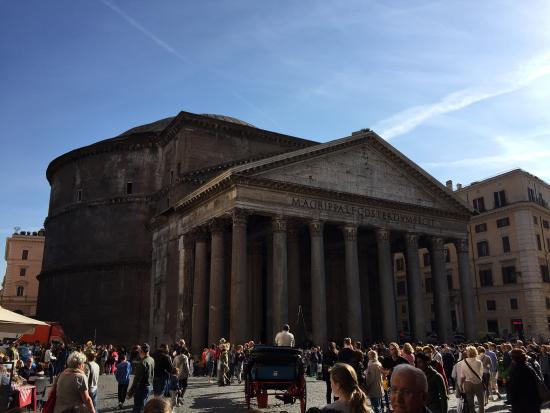Ralph Harrison, Director of Odinist Fellowship and leader of British pagans, had sent a letter to Justin Welby , Archbishop of Canterbury, demanding they 'return' two church buildings. Harrison claims the properties were stolen from pagans about 1,300 years back. Over 1,000 pagans are members of the Fellowship.
Thoughts??
Personally I find it a bit ridiculous, given the history of the region and Christians and Odinists in it.
I'm well versed in my genealogy, and I am descended from the Norse who came and raided England before settling down in Ireland and Iceland following the battle of Hafrsfjord that unified Norway (and expelled anyone who was against Harald Fairhair). And... with those Odinist ancestors of mine I can't really say that discrimination between these two religions was one sided.
One ancestor of mine carved a blood eagle into a petty king's back offering him as a sacrifice to Odin. He further went on to martyr an Anglo-Saxon Christian saint. Not to mention all the church-looting my ancestors did. It just seems like the discrimination went both ways, and that both sides should just let it go by now.
So should the church give the Odinists the land??
If so, should the Odinists apologize for my great-great-great-great-etc grandpa Ivar literally martyring Christian clergymen??
Thoughts??
Personally I find it a bit ridiculous, given the history of the region and Christians and Odinists in it.
I'm well versed in my genealogy, and I am descended from the Norse who came and raided England before settling down in Ireland and Iceland following the battle of Hafrsfjord that unified Norway (and expelled anyone who was against Harald Fairhair). And... with those Odinist ancestors of mine I can't really say that discrimination between these two religions was one sided.
One ancestor of mine carved a blood eagle into a petty king's back offering him as a sacrifice to Odin. He further went on to martyr an Anglo-Saxon Christian saint. Not to mention all the church-looting my ancestors did. It just seems like the discrimination went both ways, and that both sides should just let it go by now.
So should the church give the Odinists the land??
If so, should the Odinists apologize for my great-great-great-great-etc grandpa Ivar literally martyring Christian clergymen??



